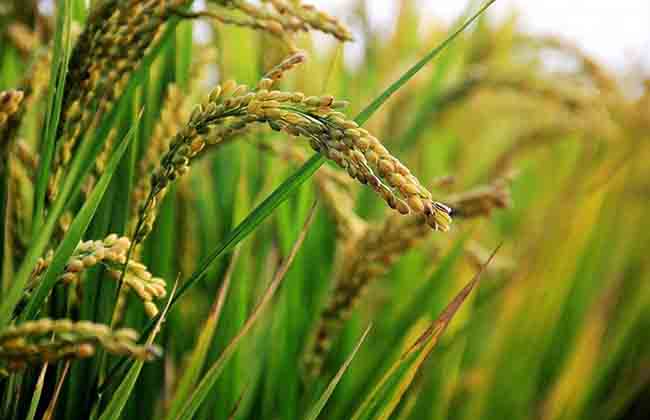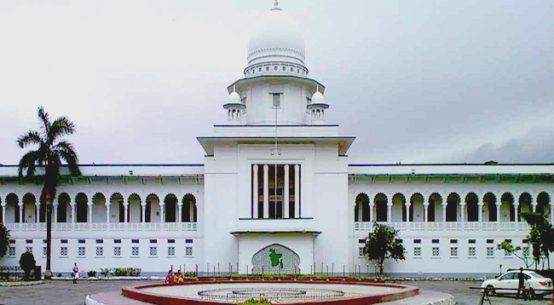
A debacle in Aman paddy production is raising fears of an upcoming food crisis in Bagerhat.
This year, rainfall in Bagerhat was 489mm less than last year. As a result, although the Aman season is nearing its end, around 40 percent of agricultural land in the district is lying uncultivated due to a drought-like situation.
Lack of water is making it hard for farmers to plant Aman seedlings, and those who’ve already planted the seedlings are watching their crops becoming yellow and drying up.
Amid such a situation, the Department of Agricultural Extension (DAE) is thinking of bringing changes to the paddy growing process and artificially inducing rainfall.
According to the DAE, there are a total of 2,44,328 farming families in Bagerhat. The season for planting Aman seedlings runs between July 1 and September 15. This year, the government had set a target to cultivate 2,66,980 metric tons of Aman paddy in 74,425 hectares of land, among which only 41,000 hectares of land has been cultivated till now.
Besides, Bagerhat has witnessed 2538mm rain from May to August this year, which was 3027mm during the same period in the previous year. This means that there has been 489mm less rain in the district this season, which has affected the production of Aman paddy to a great extent.
While visiting Bagerhat’s Kochua and Fakirhat upazilas, UNB found that cracks and weeds have emerged in all the paddy fields there. Farmers, worried about food shortage, were trying to save their seedlings through irrigation. The same scenario prevailed in the district’s Sadar, Sharankhola and Mollarhat upazilas too.
Sheikh Asadur Rahman, a local farmer, plants paddy in five acres of land every year. He runs his family by consuming and selling the rice grown on his land. This year, Asad is facing dual crises. While the seedbed that he had prepared for the first time got wasted due to the water crisis, the seedbed that he prepared the second time is being eaten up by domestic animals.
“Seedlings can’t be implanted on dry land. I couldn’t implant any seedlings this season due to a lack of water. The Aman farming season is nearing its end, which means I won’t be able to cultivate any paddy this year. I don’t know how I will survive,” Asad said.
Swapan Das, Chairman of Fakirhat Upazila Parishad, has seen the farming methods of many countries. While talking to UNB, he provided some ideas to mitigate the farming crisis that is going on in the district.
“New variants of paddy have to be invented through conducting research on water and soil. Solar energy has to be used in ensuring water supply through irrigation. Besides, subsidies in the current method of irrigation have to be increased and the price of electricity has to be lowered,” said Swapan.
Md Azizur Rahman, Deputy Director of Bagerhat’s Department of Agricultural Extension (DAE), suggested water pumps to be used in paddy farming to deal with the water crisis.
“To mitigate the losses, we’ve advised the farmers to cultivate the BR-23 variant of paddy and irrigate their lands using water pumps. Currently, a total of 4,500 water pumps are running in the district,” Azizur said.
Azizur added that the period for implanting seedlings has been extended to September 30.
“We have to wait till the harvesting period to know whether the government will miss its target for Aman production this year or not,” added Azizur.


